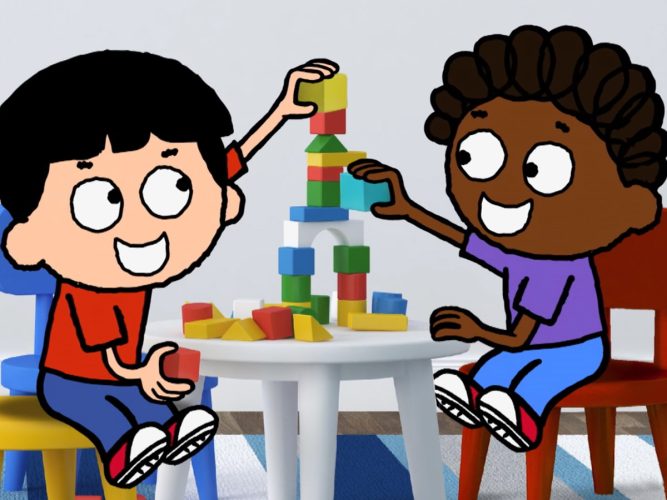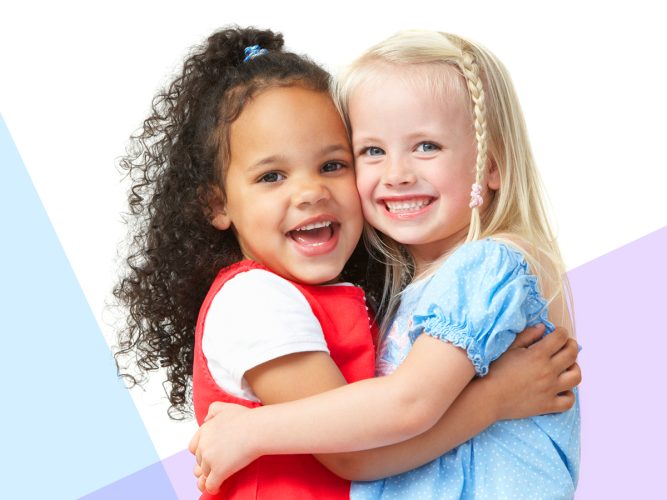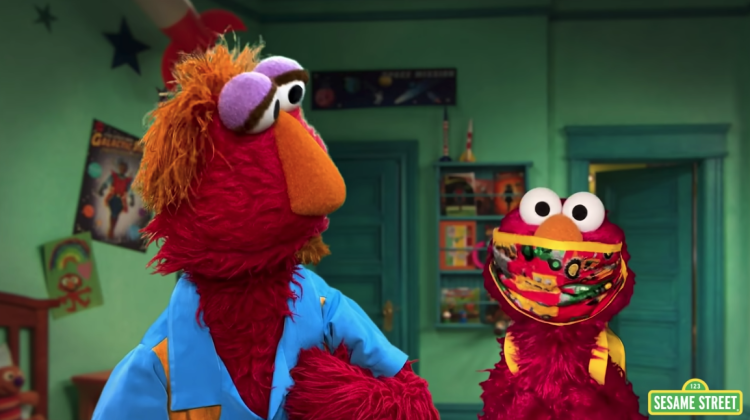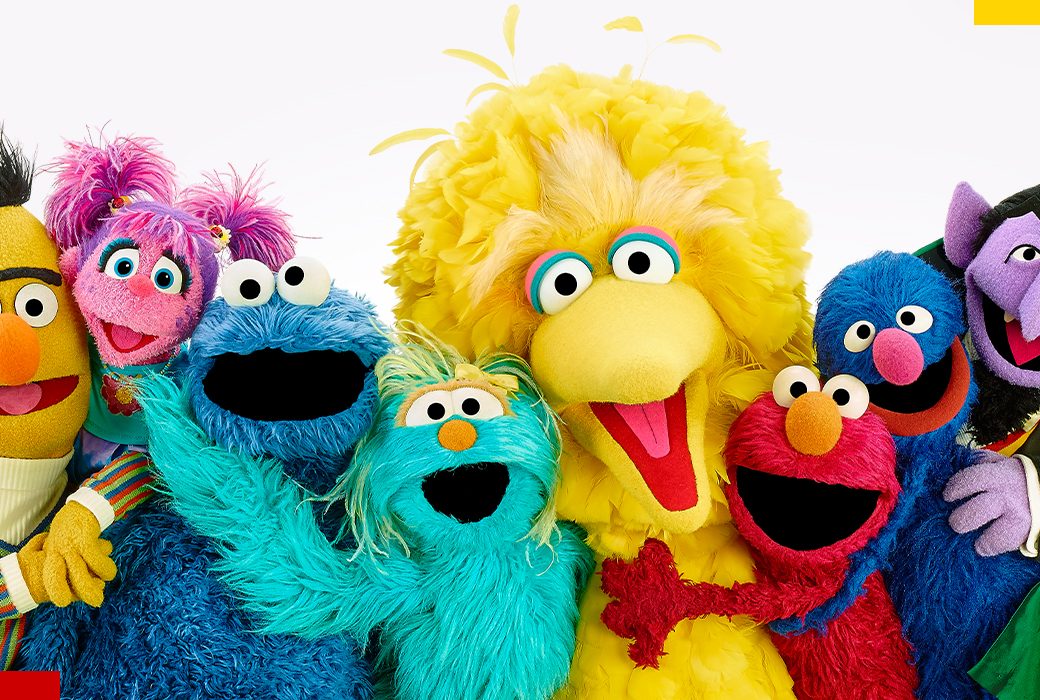
Town Halls for Kids and Families
Our Sesame Street / CNN Town Halls bring families together to ask questions, hear from experts, and gain insight to support children and grown-ups alike.
Families everywhere are navigating complex challenges, and we are here to help.
Our Sesame Street / CNN Town Halls bring families across the country—and around the world—together to ask questions, hear from experts, and gain insight and skills to support children and grown-ups alike through learning, mindfulness, and joy.
From strategies for staying healthy and managing “big feelings” through the pandemic to modeling the importance of standing up for racial justice and more, our series of Town Halls tackles the pressing issues on every family’s mind.
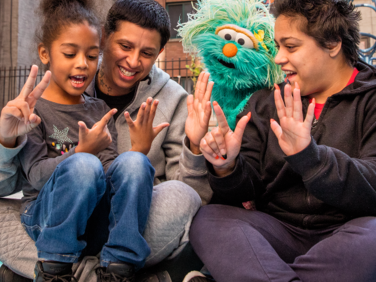
Make Your Impact
Support Sesame Workshop’s global mission to help children grow smarter, stronger and kinder
Donate TodaySeptember means back-to-school, but in the wake of the Covid pandemic it can be very different. CNN’s Dr. Sanjay Gupta and Erica Hill, along with Big Bird and his friends, are here to help!
Familiar faces from Sesame Street and experts from CNN and across the country answer children’s questions about the COVID vaccine, staying healthy, and coping with big feelings! Plus, more resources to help kids cope!
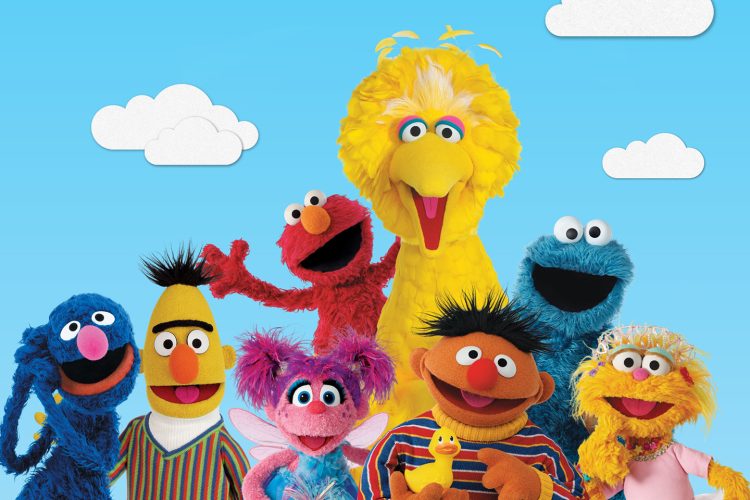
Watch the First ABCs of COVID Town Hall
From April 25th, 2020.

Watch the Second ABCs of COVID Town Hall
From June 13th, 2020.

Watch the Third ABCs of COVID Town Hall
From December 19th, 2020.

November 3, 2021
The ABCS of COVID Vaccines – A CNN/Sesame Street Town Hall For Families

Vaccines for Kids
Vaccines are an important way to help protect ourselves and our families, friends, neighbors, and entire communities.

Exercising Your Gratitude Muscle
Easy strategies that help children focus on reasons to be grateful can really help them get through challenging times.
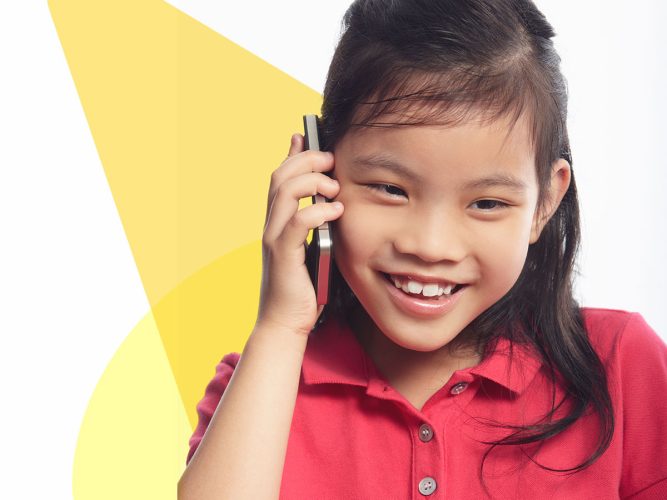
Staying Connected
Learn great ways to help keep an incarcerated parent connected to their child.
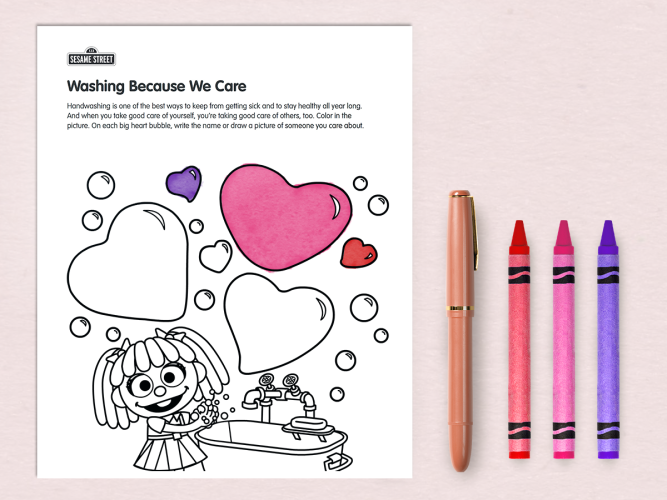
Washing Because We Care
A printable to help children show they care for others.
